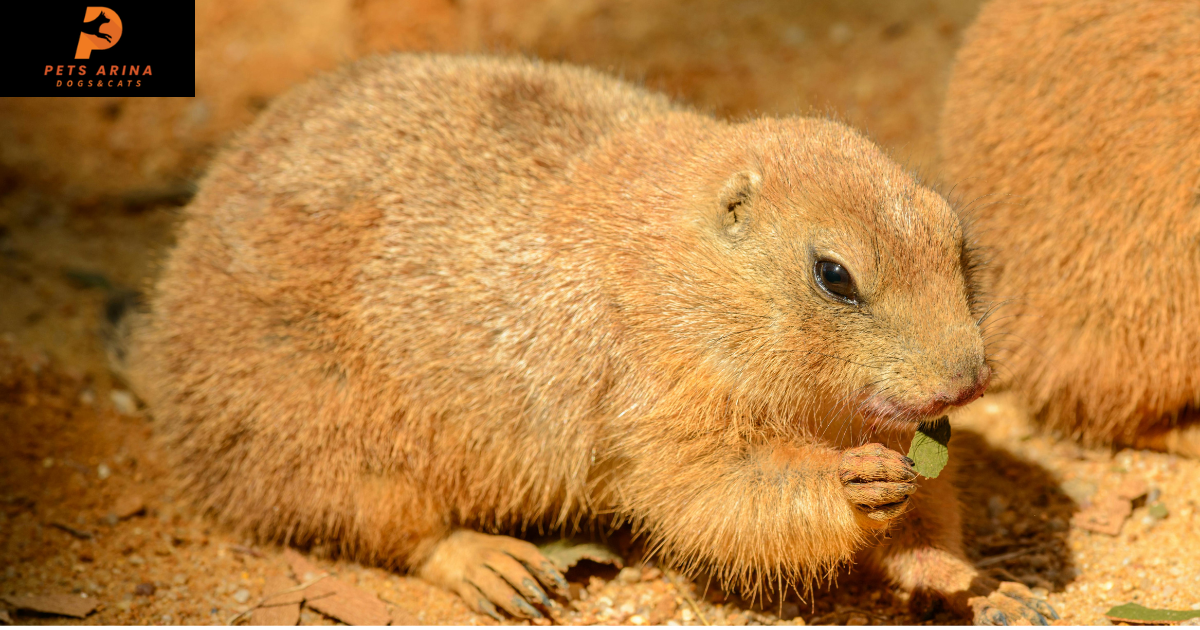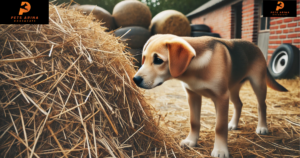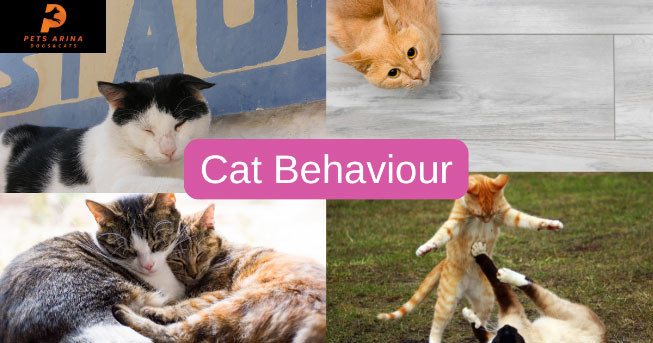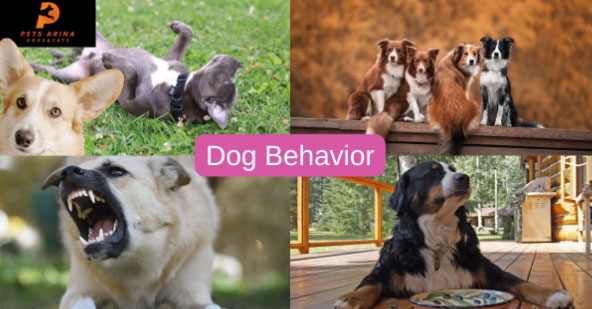Poppy Prairie dogs are cute, petite, chubby-looking herbivorous burrowing squirrels that are native to the grasslands of North America. Five recognized species of prairie dogs exist: black-tailed, white-tailed, Gunnison, Utah, and Mexican. They are Mammals and belong to the Ground Squirrel family (tribe Marmotini).
They were first described by Lewis and Clark in 1804. Lewis calls it” barking squirrels”.
Poppy Prairie dogs are considered “Ecosystem Engineers“ as other species often use their mounds. Their mound building encourages grass development and topsoil renewal, with rich mineral and nutrient renewal in the soil, which is vital in soil quality and agriculture.
Prairie dogs Traits
Prairie dogs have short tails, small rounded ears, and short legs with long, strong claws.
These Rodents weigh up to 1.7kg(3.7 pounds) and have long bodies 28-33 cm(11-13 inches). Their tails are 3-12cm(1-5 inches)long, and their tips are black, white, or fringed with white around a grey centre.
Habitat and Burrowing
Prairie dogs live at altitudes ranging from 2000 to 10,000ft above sea level. Their areas are as hot as 38°C in the summer and as cold as -37°C in the winter. So, they protect themselves from environmental threats through burrows. Burrows help to control their body temperature, which is 5-10 °C in winter and 15-25°C in the summer.
Prairie dogs and food chain
They are essential in the food chain because they are a critical diet for many predators such as the black ferret, Swift fox, golden eagle, red-tailed hawk, American badger, and coyote.
Diet of prairie dogs
Prairie dogs are mainly herbivorous, although they occasionally eat insects. They primarily feed on grasses and tiny seeds. In the fall, they eat broadleaf forbs. During the winter season, lactating and pregnant prairie dogs consume snow for extra water.
Why named a prairie dog?
They are named prairie dogs, which sounds weird as they are squirrels. This is because of their habitat and alarming calls resembling dog barks. But they are rodents, not canines.
Prairie Dogs Community life
They are socially inclined animals. They like to live in large colonies or towns, which may contain 15-26 family groups, with subgroups within a town called wards. Most prairie dog family groups consist of an adult breeding male, more than one adult female, and one or two male and female offspring.
Prairie Dogs Rapid Growth Rodents
Prairie dogs are fast-multiplying rodents; they mate once a year in early winter. After a 30-day gestation period, mated females give birth to one litter of four to six young from April to May. Four to six weeks later, young appear above ground. With this reproductive rate, prairie dog numbers can increase between 40 and 100 percent yearly, but they typically only increase 27 percent yearly.
Is a Prairie Dog’s bite dangerous?
If this rodent bites anyone, it can lead to a severe infection. The wounds are infected with harmful bacteria, so immediate medical treatment is necessary. Their bites are very painful, though.
How do these Rodents protect themselves?
Prairie dogs are good fighters and give tough times to their predators as they have sharp claws and teeth.
Prairie dogs Lifespan
Their average life span is 8-10 years.
Defensive Call of Prairie Dogs
All prairie dogs are well adapted to predators and use their dichromatic colour vision to detect predators from a great distance.
Prairie Dogs Conservation Challenges
Prairie dogs are often identified as pests on agricultural properties because they can damage crops as they clear the area around their burrows of most vegetation. That’s why prairie dogs’ habitat has been affected by farmers’ immediate removal and the more obvious expansion of urban development, which has dramatically reduced their population.
Methods on “how to throw off a drug dog’s scent” are attempted in prairie dogs’ habitats and caves. Due to these caves, detecting dogs like white crusty dogs, Ecuadorian bulldogs, or Creepy borzois dogs may be difficult.
Final thoughts
In short, prairie dogs are an essential part of the ecosystem, contributing to soil health and helping to provide habitat to other wildlife. However, habitat loss threatens their population, so practical steps must be taken to ensure that these rodents continue fulfilling their ecological roles.















